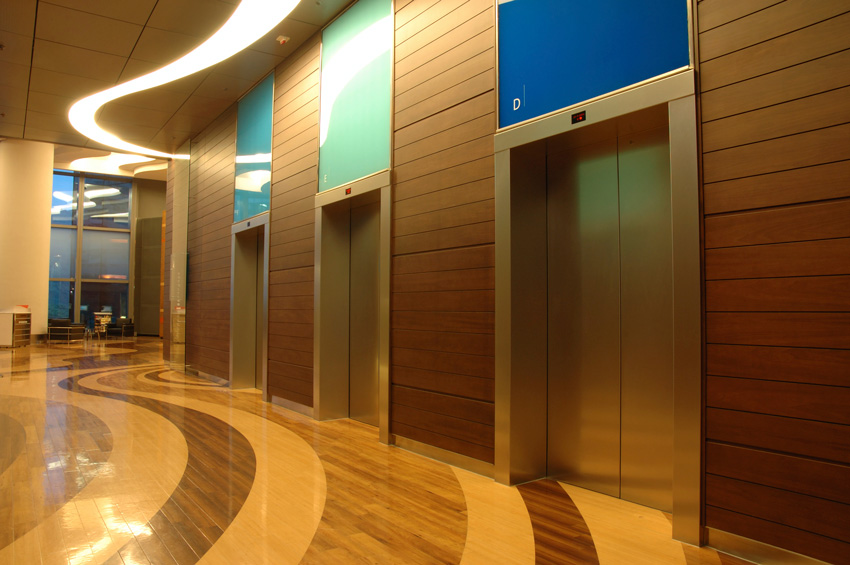Design Strategies for Optimal Well-Being in Health Care Environments
Design and Performance
In an ideal situation, the design of a health-care facility should be one that exudes a feeling of welcoming, comfort, and compassion. Anyone who has ever endured a hospital stay, gone for myriad tests, or waited for a loved one to be attended to knows that the experience is much more positive when the surroundings relieve stress, not multiply it. The environment should be soothing, not jarring. You should be able to easily navigate the halls and have a comfortable place to stay. The facility also has an influence on the staff service attitudes and behaviors. According to an article by Robert Carr for the Whole Building Design Guide, a program of the National Institute of Building Sciences, “finishes, signage, and artwork must be carefully selected, well-coordinated, and integrated. Security can be balanced with some features apparent to patients/visitors, while conveying a message of safety. Thoughtful design can help ensure the proper first impression is created and sustained.”7
Carr adds that in the past, “communicable diseases were the major health problem, and sanitation or cleanliness was the main characteristic of a healing or therapeutic environment.”7 He asserts that while cleanliness remains crucial, increasingly there is recognition of the value of a pleasant, easily understood, and nonthreatening environment for patient recovery. Good design in the health-care setting, he says, “starts by recognizing the basic functional needs, but does not end there—it must also meet the emotional needs of those who use such facilities at times of uncertainty, dependency, and stress.”7
Color is one of the most useful design elements used to create a specific feeling within any setting, and is of particular importance in a health-care environment.
The Role Color Can Play
Color is a very powerful tool. Many researchers have concluded that the human eye can see roughly 10 million colors, while marketing research has indicated that 80 percent of visual information is based on color. Those numbers are astounding.8
In the recent report titled, “The Application of Color in Healthcare Settings,” published by The Center for Health Design (CHD), health-care design experts acknowledge the influence of color in a variety of health-care facility environments. According to the CHD, color selection in many different spaces—whether it’s light-filled open-air lobbies or the more subdued, neutral tones used in operating rooms—can result in optimizing the comfort level and outcome for patients and create a more advantageous setting for facility personnel.9
Notice

www.specADsystems.com

metlspan.com

www.swpaintshield.com











